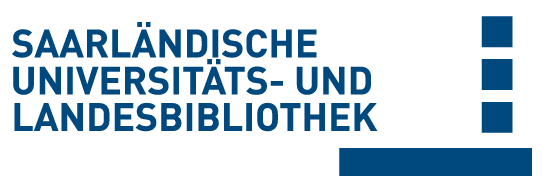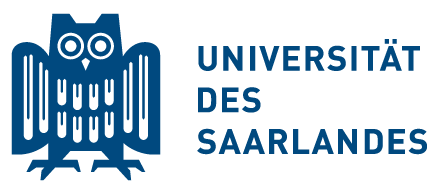Bitte benutzen Sie diese Referenz, um auf diese Ressource zu verweisen:
doi:10.22028/D291-45416 | Titel: | Quadricuspid aortic valve repair: Results of a phenotype-based approach |
| VerfasserIn: | Abeln, Karen B. Federspiel, Jan M. Froede, Lennart Schäfers, Hans-Joachim |
| Sprache: | Englisch |
| Titel: | JTCVS Techniques |
| Bandnummer: | 30 |
| Verlag/Plattform: | Elsevier |
| Erscheinungsjahr: | 2025 |
| Freie Schlagwörter: | aortic valve regurgitation aortic valve repair quadricuspid aortic valve |
| DDC-Sachgruppe: | 610 Medizin, Gesundheit |
| Dokumenttyp: | Journalartikel / Zeitschriftenartikel |
| Abstract: | Objective: Quadricuspid aortic valve (QAV) anatomy is a rare congenital anomaly. Patients develop relevant aortic regurgitation (AR), commonly between the fourth and sixth decades of life. Various approaches to repair have been proposed, but mid-term data are lacking. The present study aimed to investigate late results of QAV repair using different repair concepts. Methods: Between 2004 and 2023, 19 patients (32% male; mean age, 46 12 years; range, 26-60 years) underwent QAV repair. The mean duration of follow-up was 6.3 5 years (range, 4 months to 19 years), and follow-up was 96% complete. Patients underwent surgery for isolated AR (n ¼ 18) or combined valve disease (n ¼ 1). Three patients (16%) had concomitant ascending aortic dilatation. Results: The majority of patients underwent design change—tricuspidization (n ¼ 13; 68%) or bicuspidization (n ¼ 3; 16%)—of the QAV; the valve was left quadricuspid in 3 patients (16%). Sinotubular junction remodeling was performed by adding a sinotubular suture (n ¼ 7; 37%) or by ascending aortic replacement (n ¼ 3; 16%). All patients were alive at 5 years and 10 years postoperation; 2 required late aortic valve reoperation. Freedom from reoperation was 82% at 12 years (86% after tricuspidizdation and 67% after bicuspidization). The 3 patients whose valve remained quadricuspid did not require reoperation after 2 years, 3 years, and 5 years. Overall freedom from AR >2 was 76% at 12 years. At last follow-up, 2 patients had a mean gradient of 21 mm Hg, both of whom had undergone bicuspidization. Conclusions: QAVs can be repaired by different methods, including tricuspidization and bicuspidization. If the quadricuspid morphology is preserved, stabilization of annular and sinotubular dimensions may achieve a stable result. (JTCVS Techniques 2025;30:23-31) |
| DOI der Erstveröffentlichung: | 10.1016/j.xjtc.2025.01.009 |
| URL der Erstveröffentlichung: | https://doi.org/10.1016/j.xjtc.2025.01.009 |
| Link zu diesem Datensatz: | urn:nbn:de:bsz:291--ds-454165 hdl:20.500.11880/40026 http://dx.doi.org/10.22028/D291-45416 |
| ISSN: | 2666-2507 |
| Datum des Eintrags: | 23-Mai-2025 |
| Fakultät: | M - Medizinische Fakultät |
| Fachrichtung: | M - Chirurgie |
| Professur: | M - Prof. Dr. Hans Joachim Schäfers |
| Sammlung: | SciDok - Der Wissenschaftsserver der Universität des Saarlandes |
Dateien zu diesem Datensatz:
| Datei | Beschreibung | Größe | Format | |
|---|---|---|---|---|
| 1-s2.0-S2666250725000446-main.pdf | 1,55 MB | Adobe PDF | Öffnen/Anzeigen |
Diese Ressource wurde unter folgender Copyright-Bestimmung veröffentlicht: Lizenz von Creative Commons


